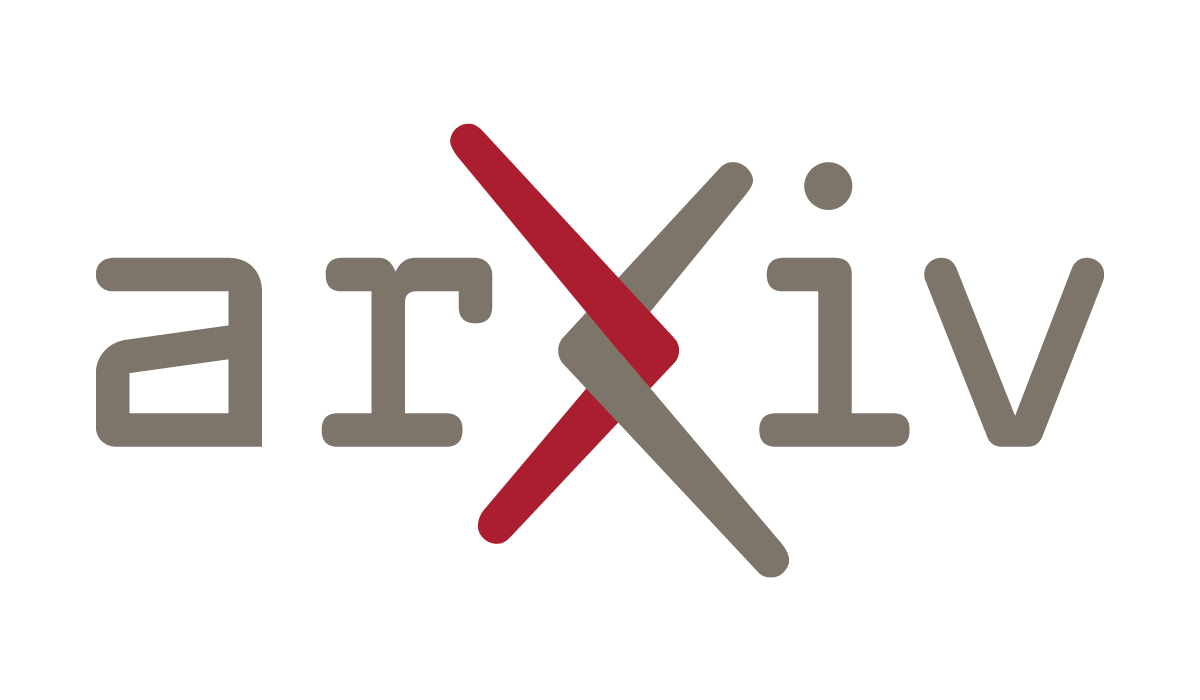You have a kid who loves math, and they want to do more math.
So you’ve started to give them more math.
People have warned you not to do this.
You’ve chosen to ignore the warnings and will go ahead anyway.
Hand-wavily, there are three types of math acceleration that you can do. The first is math contests, the second accelerates through regular math coursework your kid would have seen in school, and the third is to blend the first into a “choose-your-own-adventure” type of way.
Math Contest Acceleration focuses on learning math that your kid would not see at school, but is roughly at their age/grade level.
Your kid will learn combinatorics, probability, graph theory, and different ways to approach problems they already know how to solve. Then, as and when your kid gets more heavily into math contests, they will start to see mathematical proofs and some theory about what they already know but isn’t communicated at school.
Two examples I like to use here:
Vieta's Formulas. This topic is related to High School Algebra I, but is never seen in schools. Vieta’s Formulas are related to the relationship between a polynomial's coefficients and the sums and products of its roots. Google’s Gemini: “For a quadratic equation of the form ax² + bx + c = 0, where 'a', 'b', and 'c' are coefficients, and 'a' is not zero, the roots (r1 and r2) can be related to the coefficients using Vieta's formulas. The sum of the roots (r1 + r2) is equal to -b/a, and the product of the roots (r1 * r2) is equal to c/a.” Vieta’s formulas apply to general polynomials but mainly appear in contests in quadratic (polynomial of degree 2) equations.
Evan Chen’s “Unofficial syllabus for math olympiads.” Evan is a USA Math Olympiad coach who completed his number theory PhD at MIT. As a high school student, Evan was an IMO gold medalist and a 2014 USA Math Olympiad winner. This unofficial syllabus is for people to train/compete in math contests at the highest possible level. Evan starts the document with this warning: “This list is not intended to be an exhaustive enumeration; it highlights guidelines for the ‘most common cases’ and is deliberately ambiguous about certain topics.” Here are the topics that Evan’s syllabus suggests your kid knows:
Algebra
Elementary manipulation (e.g. factoring or expanding) of algebraic equations, expressions, inequalities
Familiarity with P and Q notation
Definition of a function, and concepts such as injectivity and surjectivity
Cauchy’s functional equation
Polynomials in one variable and basic properties like Vieta’s relations or the fundamental theorem of algebra
Polynomials in two or more variables
Complex numbers, trigonometric functions, and their relations
AM-GM and Cauchy inequality
Hölder Inequality
Jensen inequality
Generating functions
Calculus in one or more variables
Combinatorics
Basic counting arguments, e.g. writing expressions like 2 n , n! or n k
Principle of mathematical induction
Recursion and recurrence relations
The pigeonhole principle
Definition of sets and functions
Elementary probability
Expected value and linearity of expectation
Basic properties and definitions from graph theory, e.g. connectedness and degree of a vertex
Definition and existence of the convex hull of a finite set of points
Nontrivial results from graph theory, such as Hall’s marriage lemma or Turan’s theorem
Geometry
Definitions and basic properties of the incenter, centroid, orthocenter, circumcenter, excenters, and nine-point circle
Angle chasing and cyclic quadrilaterals
Similar triangles
Power of a point and radical axis/center
Homothety
Statement of Ceva and Menelaus theorems
Use of trigonometry, e.g., the law of sines and cosines
Coordinate systems such as Cartesian coordinates, complex numbers, or barycentric coordinates
Inversive geometry
Projective geometry, e.g., cross ratios, harmonic bundles, poles and polars, Pascal’s theorem, and so on
Spiral similarity
Definitions and basic properties of conic sections
Number Theory
Basic results about primes, like the fundamental theorem of arithmetic
Modular arithmetic, and basic results like Fermat’s little theorem, Chinese remainder theorem, modular inverses, orders modulo n
Exponents in prime factorizations, and basic properties such as νp(xy) = νp(x) + νp(y) or νp(x + y) ≥ min {νp(x), νp(y)}
Euclidean algorithm and adjacent ideas, e.g. gcd(a, b) = gcd(a − b, b)
Statement of Dirichlet’s theorem on primes in arithmetic progression
Fermat’s theorem on integers which are sums of two squares
Quadratic residues and quadratic reciprocity
Statement of the prime number theorem
Mostly, this is grade-level math that’s not taught in schools because there isn’t enough time and because it doesn’t lead to calculus, which is what the USA’s pre-collegiate math education focuses on.
Normal Math Course Acceleration focuses on learning the math your kid would see in school, but faster, so that your kid sees math way above their age and grade level. If you get a year or two above where a regular school would place you based on your age, it’s called radical math acceleration.
This looks like families figuring out what math level their kid is in and then giving them what would come next in the curriculum. So elementary school kids take middle school math classes, middle school kids take high school math classes, high school kids take college-level math classes, and college kids take graduate-level math classes. You might have heard of dual enrollment in high school, in which a high school student takes university math classes at a community college or local university. This is usually where math coursework-accelerated kids end up.
This type of acceleration is the easiest because it’s easy to see what the school teaches in the grades above your kids. Since the USA’s pre-collegiate math education focuses on getting to calculus by the end of high school, you don’t have to think too hard about what math to accelerate on because the path is very clear.
The Choose Your Own Adventure acceleration mixes math content acceleration and coursework acceleration. This gives your kid both breadth and depth. They get to see, practice, and understand in greater depth the math topics they see in school, while also being able to move at their own speed down the clear path of getting to calculus.
Our family explored the different types and ended up in Acceleration Type 3. In the following few issues, I’ll explore the pros and cons of each kind of math acceleration and share what’s worked and what hasn’t worked on our side.
That’s all for today :) For more Kids Who Love Math treats, check out our archives.
Stay Mathy!
All the best,
Sebastian Gutierrez
.png)



